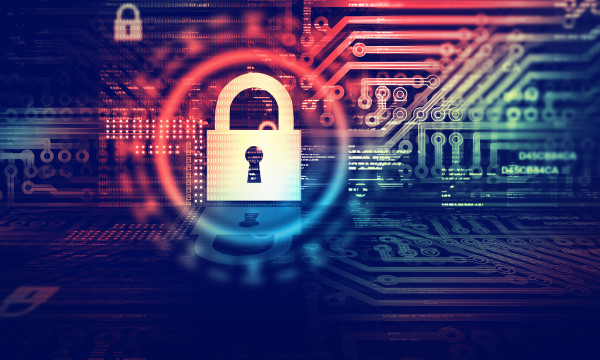Identity Theft and How to Protect Yourself

What is Identity Theft?
Identity Theft occurs when someone uses your name, Social Security Number, or other personal identifying information, without your permission, to commit fraud. Identity thieves may use your information to take out loans, obtain phone or TV services, file fraudulent tax returns, open deposit accounts, obtain new identification, or numerous other things by pretending to be you. This is a serious crime that can cause lasting damage to your financial health. Victims of identity theft can spend hundreds, even thousands, of dollars and hours of work repairing the destruction caused by the thief.
How does Identity Theft occur?
Identity thieves can steal your personal information in various ways, including:
- Searching for personal information you’ve shared on the Internet.
- Illegally accessing a database where your information is stored.
- Stealing your debit or credit card information with a skimming device (a device used to fraudulently capture card information at an ATM or point of sale location).
- Phishing techniques via email, phone, or text messages where criminals claim to be from a legitimate company and persuade you to provide your personal information.
- Stealing your mail, wallet, or purse.
- Rummaging through garbage at your home or business.
Warning Signs of Identity Theft
Warning signs that you may be a victim of identity theft include:
- Debt collectors calling for debts that don’t belong to you.
- Unauthorized transactions on your bank accounts.
- You are not receiving expected bank statements in the mail (e.g. credit card statements).
- You receive unexpected credit cards or account statements.
- Denials of credit for no apparent reason.
- The IRS notifies you that more than one tax return was filed in your name.
Action Steps to Protect Your Identity
- Union Bank & Trust’s Identity Protection service. Union Bank, in partnership with Deluxe Provent, offers Identity Protection to help protect your personal information and accounts. Stop in at any branch today for more information.
- Don’t carry your Social Security card in your purse or wallet. Keep your card in a safe place and use it only when necessary.
- Use strong passwords for your online accounts. Don’t utilize a password that can easily be guessed, such as your birthdate. Consider using passwords that include numbers, letters, and special characters.
- Monitor your credit report. Obtain a copy of your free credit report at annualcreditreport.com and be proactive in identifying unusual activity by reviewing your report annually.
- Guard your mail. Consider a locked mailbox, or ensure your mail is promptly picked up. For mail you send, take mail to the post office or a post office box instead of leaving mail in an unlocked mailbox.
- Be cautious about providing personal information. Unless you have initiated the contact or you are sure about the identity of the person or company, do not give out your personal information over the Internet or phone.
Resources:
Learning Center articles, guides, blogs, podcasts, and videos are for informational purposes only and are not an advertisement for a product or service. The accuracy and completeness is not guaranteed and does not constitute legal or tax advice. Please consult with your own tax, legal, and financial advisors.



